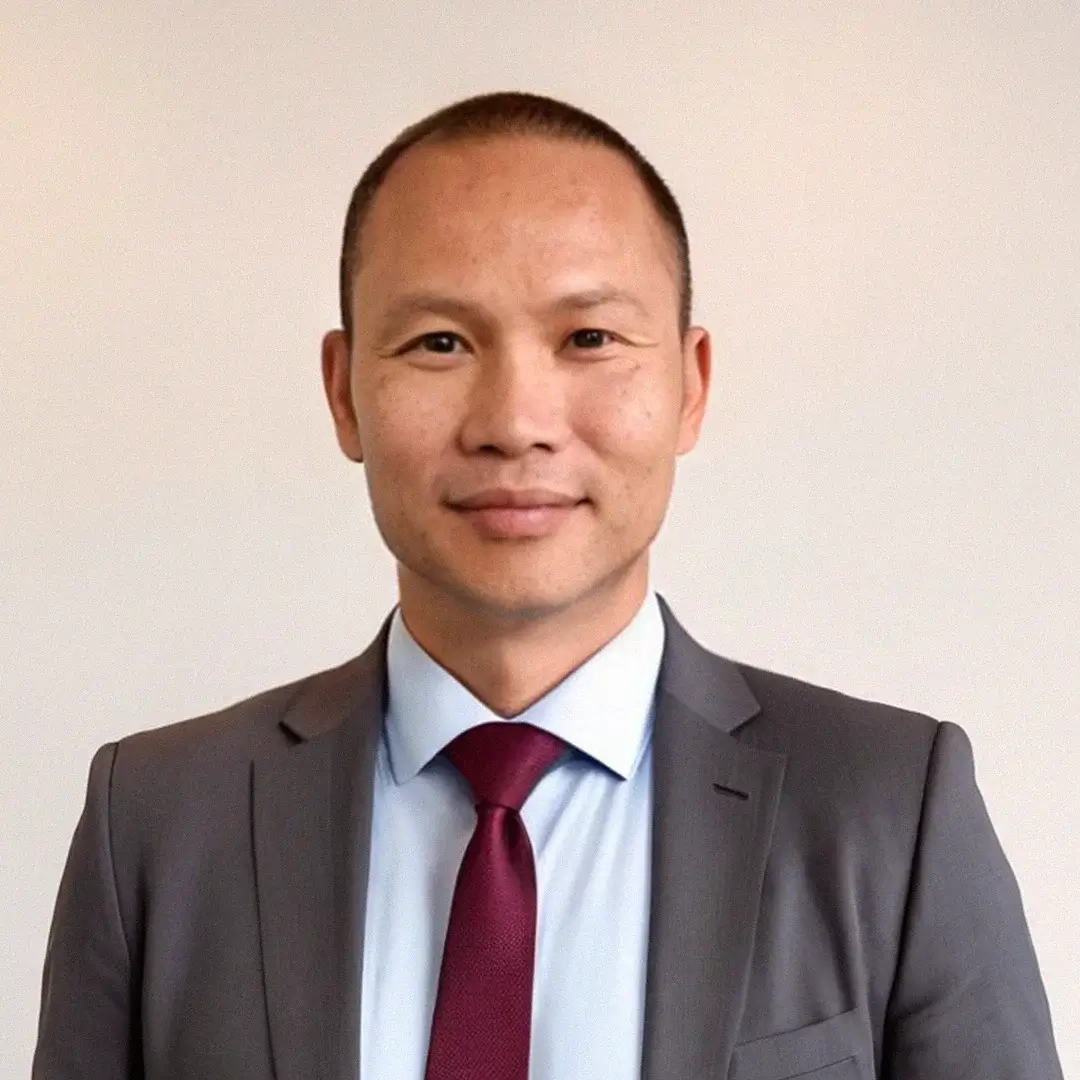Home › Intellectual property › Patent filing
Learn more about Patent Filing in Indonesia
Filing for a patent in Indonesia is a process that involves submitting a patent application to the Directorate General of Intellectual Property (DGIP) for examination and approval of the invention as a form of intellectual property. The patent application must include a detailed description of the invention, as well as any drawings or diagrams that may be necessary for understanding it. In order to be eligible for a patent in Indonesia, the invention must be new, involve an inventive step, and be capable of industrial application. Once granted, a patent provides the holder with exclusive rights to prevent others from making, using, or selling the invention for a certain period of time. Patents can also be licensed or sold to others for a fee. Theis partners can provide you with help from Indonesian lawyers to advise you and accompany you in your patent and Intellectual Property problematiques.
Table of contents
-
What is the process for filing for a patent in Indonesia?
-
What are the requirements for an invention to be eligible for a patent?
-
How does the examination process work for patent applications?
-
How long does it take to obtain a patent in Indonesia?
-
Can a patent application be filed by an individual?
-
What are the costs associated with filing and maintaining a patent?
-
Can a patent be licensed or sold in Indonesia?
-
What are the penalties for infringing on a patent?
What is the process for filing for a patent in Indonesia?
In Indonesia, the process for filing for a patent involves several steps and can take some time to complete. The first step is to conduct a patent search to ensure that the invention is new and not already patented. This search can be conducted at the Directorate General of Intellectual Property (DGIP) or through a private patent search firm.
Once the patentability of the invention is confirmed, the next step is to file a patent application with DGIP. The application must include a detailed description of the invention and how it is novel and non-obvious. The application must also include any relevant drawings or diagrams, as well as a claim or claims outlining the scope of protection sought.
After the application is filed, it will be reviewed by DGIP to ensure that it meets all formal and substantive requirements. The patent office will conduct an examination of the application to determine whether the invention is new, useful and non-obvious. If the application is granted, the patent will be published in the official gazette.
Once the patent is granted, it is the patentee’s responsibility to pay the maintenance fee to keep the patent in force. The patentee should also monitor the market to ensure that the patent is not being infringed by any third party. In case of any infringement, the patentee can take legal action against the infringer.
ℹ️ The patent process in Indonesia is subject to change and it is important to stay informed about the latest regulations and procedures.
What are the requirements for an invention to be eligible for a patent?
To be eligible for a patent, an invention must meet certain requirements.
| ➤ The invention must be new, meaning that it must not have been disclosed to the public before the patent application is filed. |
| ➤ The invention must involve an inventive step, meaning that it must not be obvious to a person having ordinary skill in the relevant field. |
| ➤ The invention must be applicable in industry, meaning that it must have some practical application. |
| ➤ Additionally, the invention must be fully and clearly described in the patent application. The description should explain how the invention works and how it is novel and non-obvious. |
| ➤ The patent application should include any relevant drawings or diagrams, as well as a claim or claims outlining the scope of protection sought. |
| ➤ The patent application must also be filed by the person or organization that has the right to file for the patent. This is usually the inventor or inventors, but it can also be their employer if the invention was made during the course of employment. |




